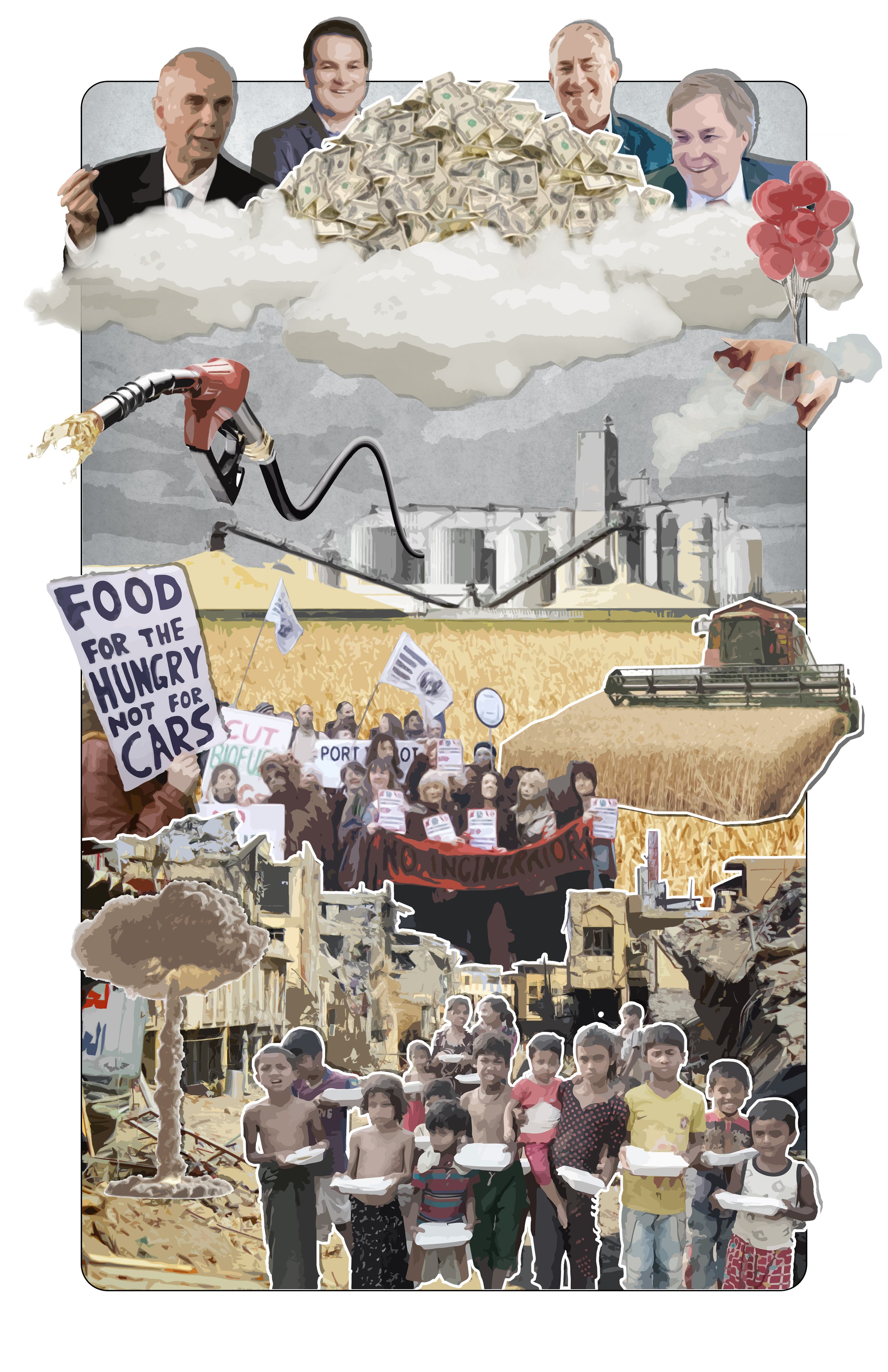RICE ECOLOGY
GSAPP AAD STUDIO V | 2022
INSTRUCTOR: DAVID BENJAMIN
PARTNER: RUIZHAN HUANG|RENWEN YU
CARBON-NEGATIVE MATERIAL - RICE STRAW
FACTORY | SILO | PROTOTYPE
The world is suffering a food crisis nowadays. There is no doubt that rice takes the most appropriate position to cease this disaster. In the meantime, we are facing two problems: the first one is that the food suppliers prefer to burn the rice into biofuel with no carbon-saving benefit to relieve inventory pressure, which causes an increase in the unit price of rice products; Other one is that rice production is always regarded as a high carbon emission process.In the scenario of rice ecology, the Government initiates, operates, and funds a program cooperating with National Farmers Union. The program encourages farmers to store more grains and sell them at lower prices to underdeveloped countries to mitigate the food crisis. More importantly, we consider how to convert carbon emissions into carbon sinks and contribute to the program in this scenario from the perspective of architectural designers. We help farmers to design a comprehensive prototype with multifunction including rice storage, material manufacture, and biogas generation. Through selling bio-friendly architectural and commercial products to the world, more carbon is sequestered in the media of products, so that it contributes to the 40% of global carbon emissions that are due to buildings.2032
2034
An architectural team is embarking on the "Prototype Incubator" project, set to take place in California's rice fields. The project seeks to create a comprehensive prototype that includes grain silos, factories, paper production, distribution centers, and bioelectricity generation. The team is currently researching the potential of rice straws as building materials, as well as the integrated utilization and recycling of these straws. Rice straws can serve as insulation for grain silos, and straw-made paper boxes can be used for packaging, while the straw processing system can generate electricity for transportation and building needs. The system is designed to allow for the replacement of modular straw building products throughout the building cycle.The successful implementation of the Prototype Incubator project has led to the development of a thriving Rice Economy that is now being replicated in all rice-growing regions throughout the United States. By 2034, it is expected that approximately 1,500 prototypes will be operational, mitigating the world food crisis and reducing carbon emissions in the U.S. by a total of 3 billion tons through the innovative utilization of rice straws. The project is expected to expand globally, with a target of creating around 5,000 prototypes and storing billions of tons of carbon in buildings around the world.2028
2024
The U.S. government is taking action to address the global food crisis by exporting surplus grains at a reduced cost to countries in need. In response to the government's appeal, food agencies across the nation are planning to construct numerous grain silos near rice fields for storage purposes. However, this increase in grain production will inevitably lead to a significant rise in straw production. As a result, the government has mandated that the construction of these grain silos should prioritize minimizing carbon emissions and take into account the environmental impact of straw burning. The government has implemented several regulations to control carbon emissions, including carbon taxes for steel and concrete and government subsidies for biomaterials.The ongoing food crisis persists as approximately 40% of the grains produced in the U.S. continue to be used for biofuel. Unfortunately, to prevent a decline in food prices, the U.S. government-controlled major grain traders still prioritize burning the grains as biofuel over exporting them to countries in need. This practice has resulted in higher food prices while reducing inventory pressure.











